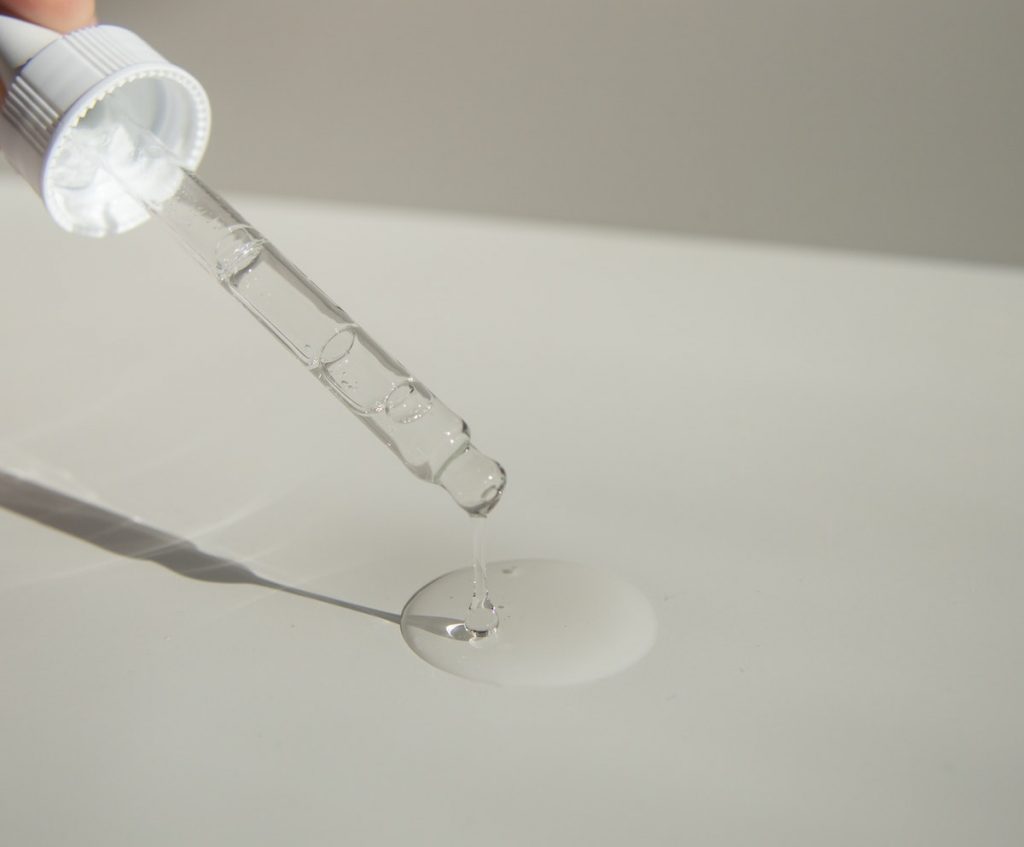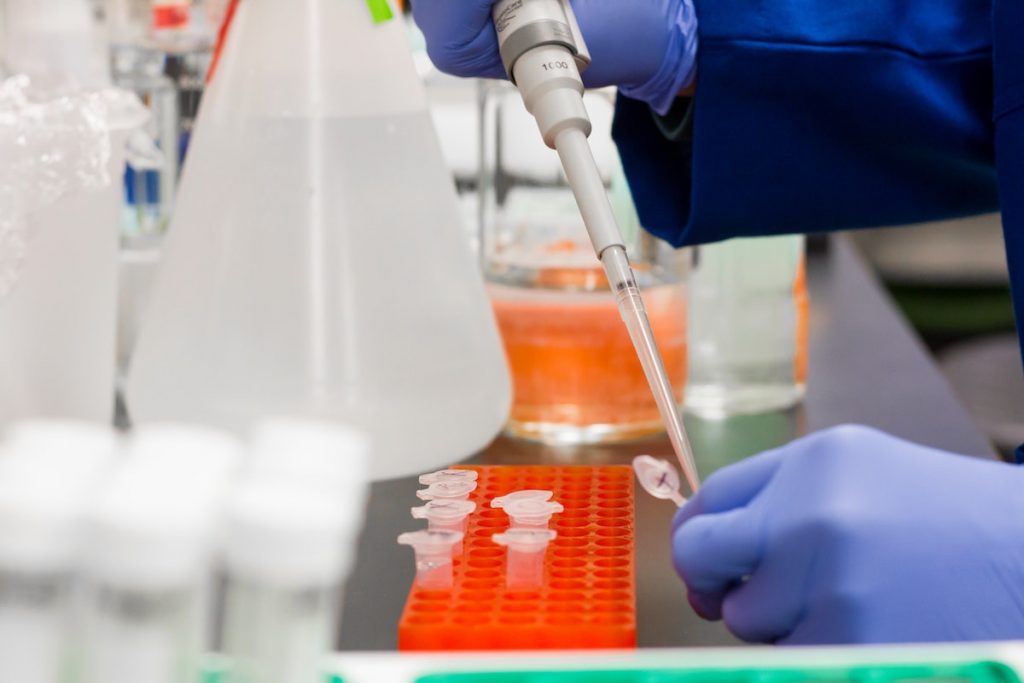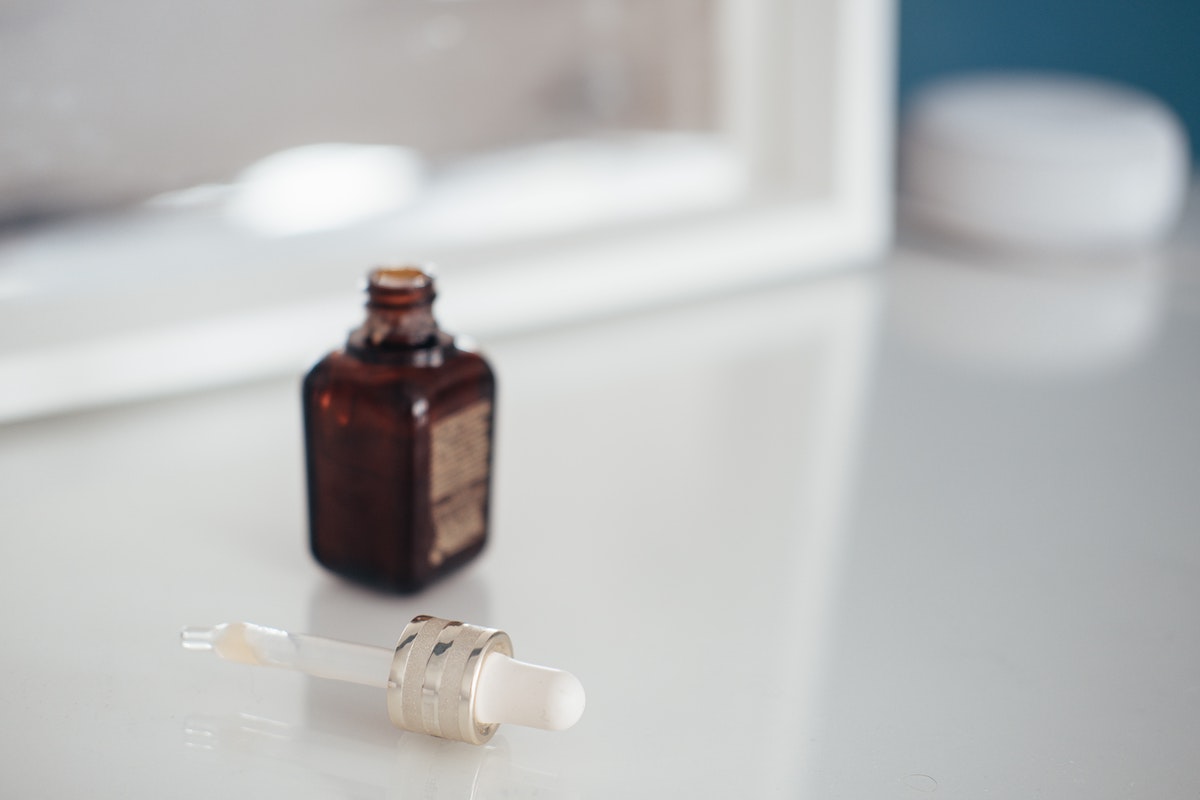If you’ve ever watched a crime procedural drama, have a small child or prone to eye irritation, you’re probably already familiar with medicine droppers. These glass or plastic devices are ubiquitous in medical and scientific laboratories around the world. Some homes may even have a couple of medicine droppers rolling around the back of their medicine cabinets along with bottles of expired melatonin and jars of Advil.
But have you ever wondered which inventive mind came up with the idea of medicine droppers? And what other uses do they have aside from dispensing medication? Learn the answers to these questions today.
What is a Medicine Dropper?

Medicine droppers are common medical devices that are used extensively in laboratory settings as well as in households for dispensing medicine. These devices look like thin tubes made of plastic or glass, tapering off to a narrow end. They usually have a rubber or plastic bulb at the end for facilitating liquid intake. Air pressure and vacuum help draw fluid up the pipe, making them ideal for transferring blood samples or dispensing cat medicine.
Droppers are also known as Pasteur pipets, or simply pipets. There is no functional difference between the two terms, but you’re more likely to hear the term pipet in a laboratory. Droppers can be given with over-the-counter medication to aid with dispensing. You can also buy different kinds of medicine droppers in pharmacies and medical supply stores, should you ever need one.
Who Invented Medicine Droppers?
Despite its simple configuration and principle, you may be surprised to learn that the medicine dropper was only invented in 19th century.
The development of the medicine dropper is directly linked to the improvement of medical science and health care, largely because the man who invented it was the main proponent of Germ Theory.
Louis Pasteur is known around the world as the man who discovered that heating food and drink helped keep these products safe from contamination. But he invented the process of pasteurization because of an earlier theory he came up with, Germ Theory. Pasteur correctly deduced that microbes were responsible for the spread of disease.
After he proved his theory correct, he needed to come up with a method for transferring liquid samples without exposing them to potential airborne contaminants. Thus were droppers, also known as Pasteur pipets, invented.
The first Pasteur pipets were made of thin glass, blown and stretched while they were still hot to make their signature shape.
The glass tubes were then broken in half to make two Pasteur pipets. Glass medicine droppers were the only option for chemists and pharmacists until the invention of plastic models in the 1940s. Since then, Pasteur pipets have been in used at home, for inpatient and outpatient care as well as laboratory tests.
What are the Common Uses for Medicine Droppers?

Medicine droppers are very common medical devices because they have a wide variety of uses, both inside and outside a medical setting. Below are some of the more prevalent uses for a Pasteur pipet. Some of them may already be familiar to you, especially if you have children or pets.
-
Small Quantities
The original purpose of the pipet was to transfer small quantities of medicine or fluid without contamination. The bulb at the end helps control the fluid, allowing much safer and better manipulation than with a teaspoon or similar device. Medicine droppers are used to apply eye medication, drip out essential oils and other types of medications.
-
Pet Medications
Pets, especially cats, are notoriously finnicky with medication. It can be a true trial to get a feline to drink cat medication. If you’re wondering how to give a cat liquid medicine without getting all scratched up, you may want to invest in a medicine dropper. You’ll find it easier to give your pets liquid medicine since you can just drip the fluid on their lips or gums.
-
Medicating Children
Children require different dosages, especially babies and toddlers. Pasteur pipets help you measure out very small doses without spillage. Babies will also find it easier to suck the medication out of a dropper than if you try to feed it to them with a spoon.
-
Laboratory Tests
In sterile environments such as medical laboratories, Pasteur pipets help transfer volatile or delicate substances without risk of contamination. They’re routinely used to transfer liquid for analysis into centrifuge machines or extracting tiny quantities of samples unto microscope slides for closer inspection.
-
Cleaning Spills
Pipets and drippers are also excellent devices for cleaning up small spills, especially if these spills are of hazardous substances. One such substance you should definitely clean up with a pipet is mercury. This heavy metal is often found in old glass thermometers and is hazardous to touch or smell. If you use a medicine dropper, you can clean up the metal without exposing yourself to any danger.
Medicine droppers are more than just a solution for pet owners wondering how to give their cat liquid medicine. They are invaluable tools in the world of medicine whose development is linked with the progress of health care.




